Let's face it, grocery shopping is a chore. You have to not only get dressed, but you have to go out into public and socialize with strangers as you walk around a crowded store.
Then, when the register finally settles on your total cart price, you have to remain cool. Act like you meant for it to be so high and like nothing is wrong, but secretly on the inside, you regret buying a few impulse purchases and wonder where you can make up for it in your budget.
We used to be fine examples of this. My husband and I have decided that if the item in the store doesn't have a price tag, it's too expensive.
We used to just grab something without a tag, only to pay full price at the register later. And because we're anxious people, we almost always ate the cost instead of asking to return the item.
There are simple things that can be done to help stay within budget. Being smart with your purchases is one, but check out these other grocery shopping tips to see how you can save more money in the store.
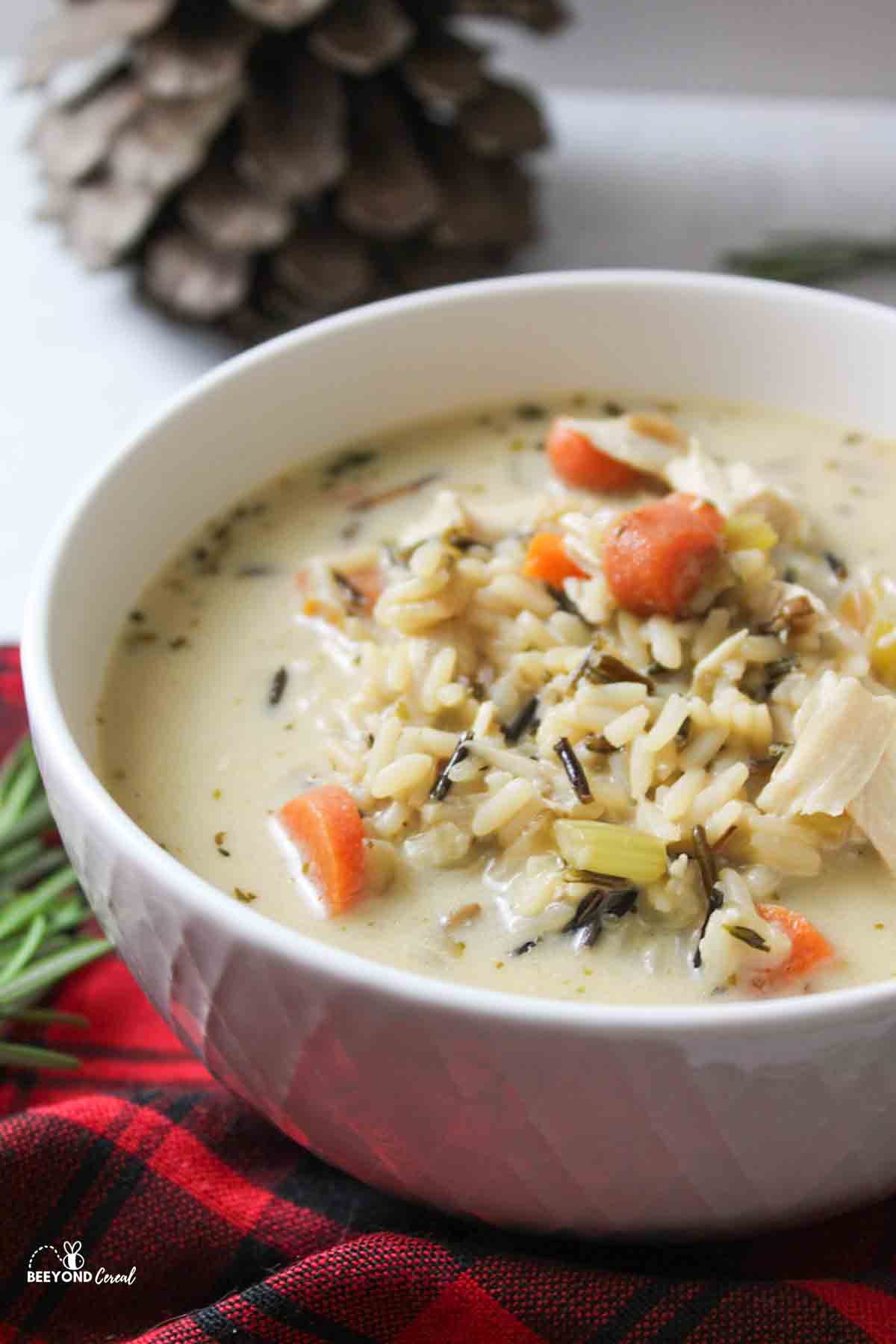
10 Tips for Grocery Shopping Smart
1.) Make a grocery budget
One of the biggest ways you can "mess up" at food shopping is by not setting a budget for yourself to stay within. This is what keeps you in check and holds you accountable. Without a good grocery budget in place, you are freely spending without worry or care and overpaying at the register.
I always check my wallet and bank account before leaving the house, making a list of things to buy and then rechecking my finances once I get to the store, just in case a bill came out or payment is cleared. Sometimes they clear randomly throughout the day, and I'd rather know about it before I get to the register.
Budgets can be big or small. Sometimes it's just the loose change in your pocket to pay for a gallon of milk and other times its a month's worth of grocery shopping because you do all of the shopping in one trip.
2.) Make a written shopping list
Shopping without a list is almost as bad as not setting a grocery budget. Without a list, you are left to remember everything you mentally told yourself you'd remember. Which, you won't.
Between making that mental list at home and the grocery store you've:
- heard 5 songs on the radio
- heard a commercial for skin cream, and another for diamonds
- yelled at another driver for cutting you off
- avoided eye contact with people standing at a street corner
- and you drove past a fast food place smelling of fresh fries, so you're cravings are going haywire
Then you enter the store, see the sales and promotions everywhere, smell the deli Chinese food or the bakery section. And any hope you ever had of remembering everything on your mental list is now gone.
You'll spend extra time in that store, buying impulse buys, trying to remember where to go and what to get and you'll still forget something.
[Related] How to Make a Healthy Grocery List On a Budget
3.) Use a side hustle to pay for groceries
There are so many quick ways you can make cash from home. Using these as additional income to help pay for stuff such as groceries can not only help your budget but can also keep you motivated. Motivated in paying off debt faster, motivated in hustling hard for some extra cash to afford the
Staying within the grocery budget set by your side hustle income tests your creativity as well. Maybe you only have $20 this week, but maybe you have $100+ next week. The fun and excitement add to the motivation factor I just mentioned.
Some easy ways to make money from home include selling unused things around the home, babysitting, driving a coworker to work for gas money, selling crafts, make money blogging, etc.
4.) Get paid to shop
By not getting paid to shop, you're missing out on free money. The money you wouldn't have been missed, but now that you know you can get paid to shop, you're going to miss this chunk of change in your pocket!
My two favorite money back apps for my grocery purchases are Ibotta and Checkout 51.
Ibotta gives cash bonuses for buying certain products and unlocking new items to redeem, and it's a treasure trove of gold.
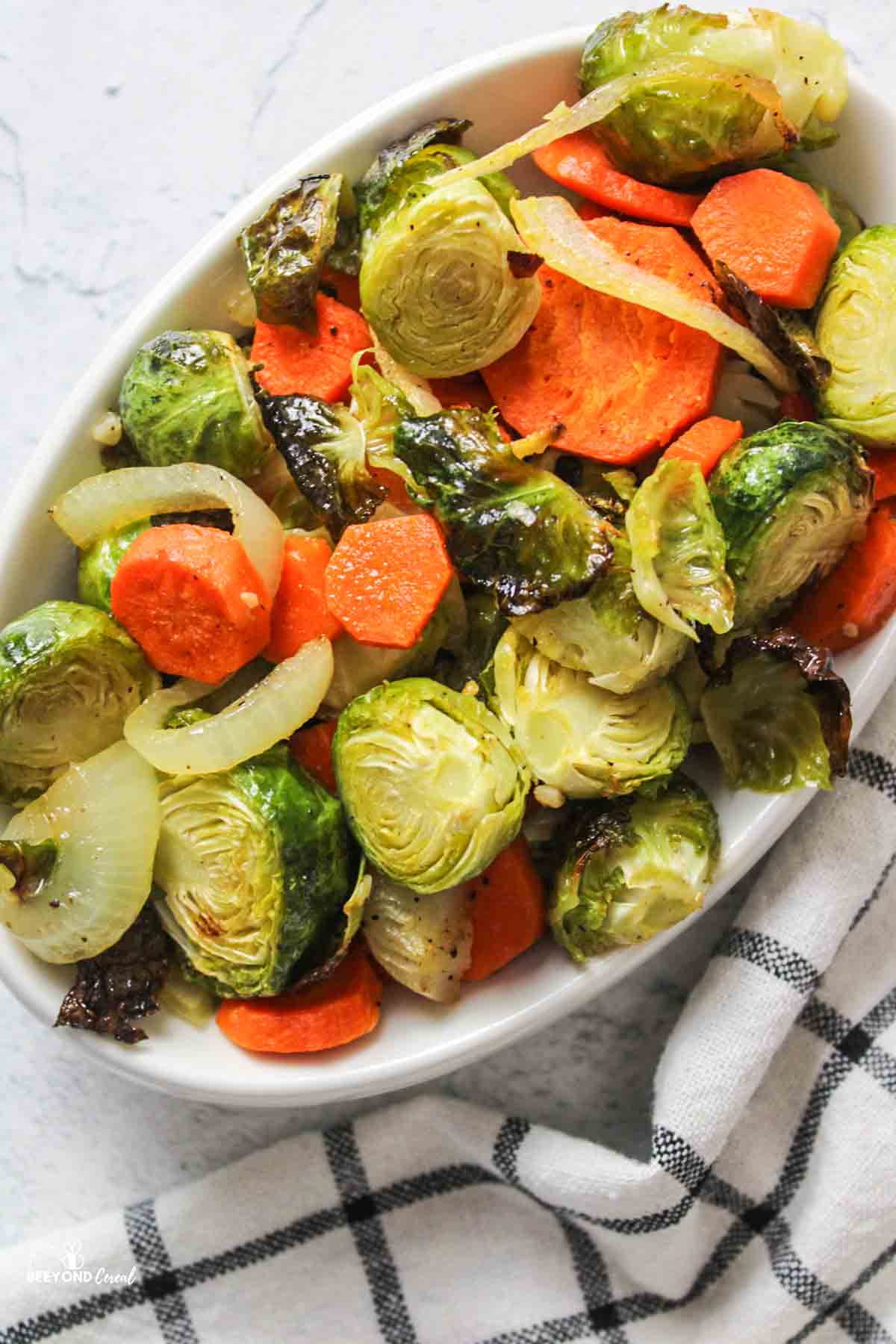
5. Use coupons
Believe it or not, coupons are a great asset to your budget no matter what form of payment choice you choose. EBT, WIC, Credit Card, Debit Card, Cash, sticky coins you pulled out of the car console -They all work with coupons! See: What Can You Buy with EBT? and EBT Extra Benefits (WIC Included)
Some people see a coupon and think, it's not worth it to save $0.45 on an item. Others think having a coupon makes them look "poor." These are two thoughts that need to be extinguished.
Coupons are a smart person's game, using one correctly takes time, knowledge, and skill. Extreme couponers don't happen overnight, and using a coupon to save money, is almost always worth it when the product is one that will actually be used. See: Extreme Couponing for Beginners for more tips.
Buy an item on sale, add a coupon, then add a rebate app to it (if available). that's THREE ways to save on the same item!
Things are made so much easier these days thanks to most grocery stores having apps or websites with digital coupons so you can clip them to your card once a week and punch in your phone number at the register for savings without every having to physically clip a coupon.
6.) Look in the markdowns
Don't avoid these sections! You never know what you'll find and they could contain the same items you had on your shopping list for a fraction of the price you thought you were going to have to pay.
Store markdown sections are my favorite areas in a grocery store. Doesn't matter how large or small my budget is, I can almost always find something amazing in there. Even if they're impulse buys, you can be smart with the purchase and make them work for you.
Impulse buys aren't all bad. A half price day old loaf of french bread can easily become tomorrow's breakfast casserole like Bread Pudding (with Hamburger Buns) or French Bread Pepperoni Pizza, or even a Party Sub Recipe.
Buying markdowns just means you have to have some creativity with your meal plan in exchange for the savings. This is also beneficial if you reverse meal plan. See: Reverse Meal Planning vs Traditional Meal Planning.
7.) Don't shop on an empty stomach
Shopping on an empty stomach is never a good idea. There is a huge difference between a hungry shopper and one that is full.
Research has actually proven that shopping on an empty stomach can lead to an empty wallet! [Source]
Make sure to eat something prior to going to the store or else you could end up bringing the whole store home with you. Impulse buying when hungry
My husband and I always plan our grocery trips right after a meal. Either breakfast or lunch depending on how early we want to leave the house. Not only does it give us the energy we need to walk around without getting dizzy, but it also helps us to stay clear of fast foods and snack sized bags of chips.
If you know this is an issue that you regularly struggle with, plan a meal in the slow cooker or find alternative ways to avoid stopping for fast food after shopping. Prep some Slow Cooker Beef Roast before you go, and come home to a meal that's ready.
Another idea is to exclusively do as much online grocery shopping as possible. This keeps you from spending too much time at the store and limits you to only spending money on what you NEED, and not what "just looks good."
8.) Stop paying for the packaging
Convenience comes at a price, and it's often a fairly hefty one at that. Sometimes buying items that are already cut, washed, seeded, and ready to go are packaged in large bulky packages. And cost a fortune more.
Look at the price per unit on the brick of cheese versus the pre-shredded bagged cheese, and you may realize it is better the shred your own. My local Aldi sells brick 8 ounce cheeses for $1.85 each and an 8 ounce bag shredded is over $3. Not only that but shredded cheese comes with noncaking ingredients which means that it won't be as smooth in sauces when melted.
A better example, while grocery shopping, look in the meat section. A rule of thumb is usually that the larger the cuts of meat are cheaper per pound than the cut pieces.
Pork tenderloin is cheaper than pork chops. A whole chicken is cheaper per pound than any of its cut up pieces (wings, drumsticks, thighs, quarters, etc.) While this isn't always the case, it can often be.
Chicken quarters and drumsticks are cheaper than wings and have more meat on them, making them perfect for bigger meals with Crispy Baked Chicken Quarters for dinner.
In grocery stores with a meat counter you can buy the larger cut of meat and have the people working there slice it into smaller pieces for you (at no additional cost).
Whole produce is usually cheaper than buying the ready-to-go packs of fruit or a veggie tray too!
The reasoning is that more effort went into the smaller cuts. Time and effort = money. To save money and do that extra work yourself.

9.) Stop grocery shopping at eye level
Eye level in store aisles is a dangerous place to be grocery shopping at. That's where the higher priced items reside, waiting for you to spot them. Believe it or not, the cheaper items are located at the top and bottom shelves.
Ever notice that the cereal aisle is mainly filled with brand names in the middle of the wall, so as you pass by all you see if Kelloggs, General Mills, and Post cereals? One end section has the bagged cereals but the storebrand and cheaper cereal options will have you bending down or stretching up to grab them.
10.) Make a meal plan
Meal plans help keep you organized and in control of your grocery budget. The meal plan is the glue that holds your budget and your shopping list together. Without it, you can't make a proper shopping list and risk overspending as well.
There are several ways to do a meal plan that can help you save money. All have their pros and cons.
- You can meal plan by week.
- You can meal plan by month.
- You can reverse meal plan.
- You can meal plan the traditional way.
To meal plan the traditional way. Take a look around your home and see what you already have to eat. Make a list of meals using only those ingredients. Now what's left? Make a list of meals you can make using whatever is left, but that may need an ingredient or two to complete. These needed items are your grocery list.
To reverse meal plan, take note of what foods are in your home before going to the store. Look at all of the best deals and see what you can buy to match up with the ingredients at home to turn into a meal. Add the cheap grocery finds to the cart and there ya go.
Hope this post helps you with grocery shopping and saving money!

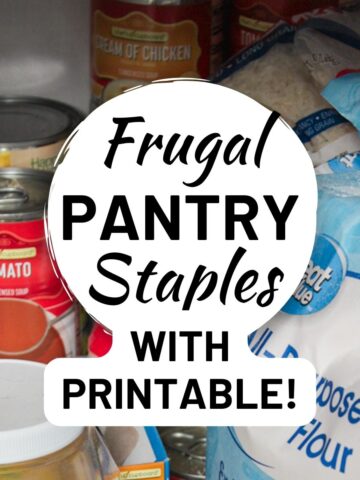
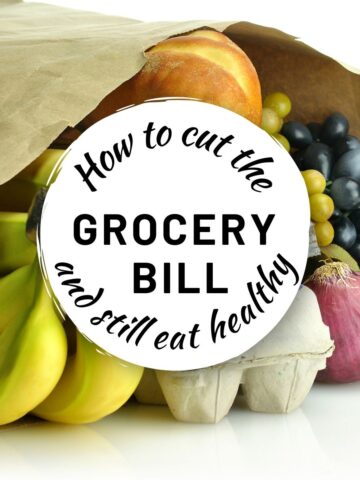
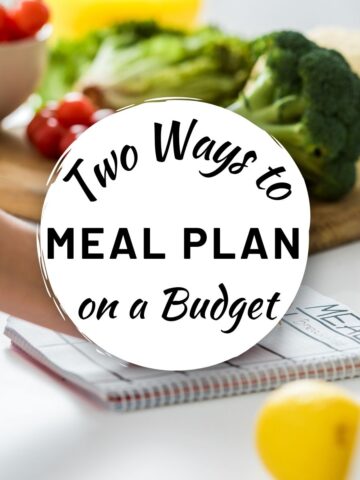

Comments
No Comments